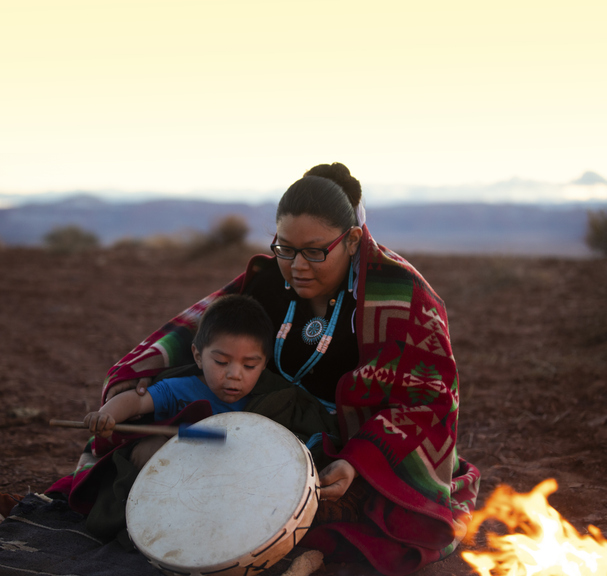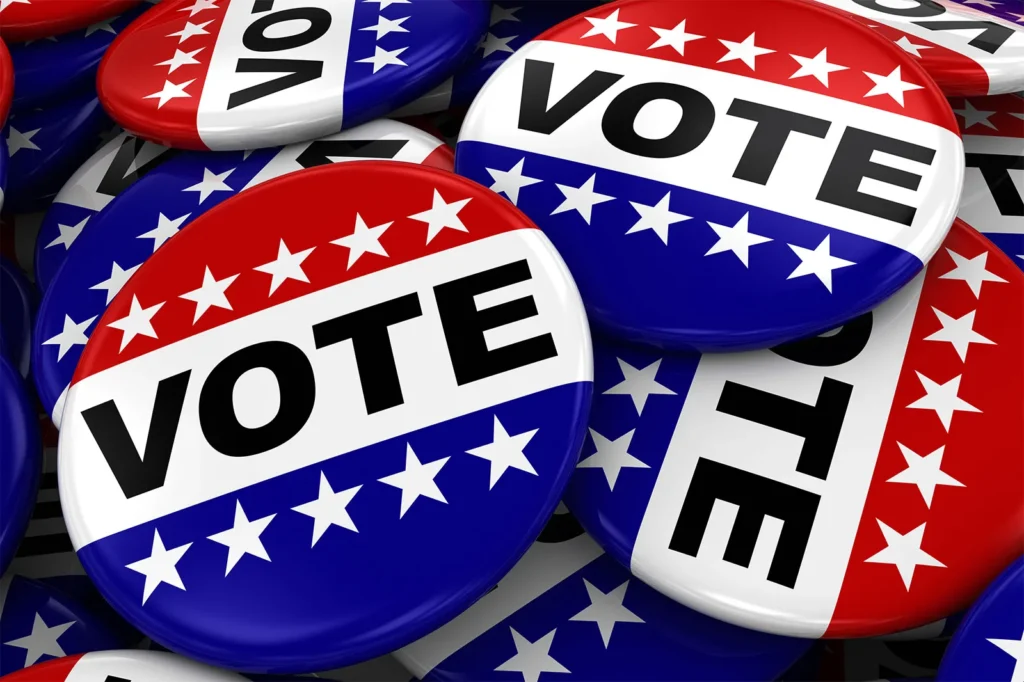2021年12月
多くの学生にとって、12月は冬休み前の数日間、冬のアクティビティ、休日、教室でのパーティーが盛りだくさんで、特に思い出に残る時期です。
しかし、どんなに善意のある教師でも、休日の行事となると暗黙の偏見を示し、主流の休日の伝統だけに焦点を当てることがあります。だからこそ、特にこの時期は、教室内の文化的多様性に気を配ることが重要です。すべての生徒がクリスマスを祝うわけではありません。他の文化や信仰の背景を持つ生徒もいれば、休日をまったく祝わない生徒もいるかもしれません。しかし、伝統が何であれ、自分の祝い事を通して多様性と違いの喜びを共有することができます。
この用語を知らない人のために説明すると、 12月のジレンマ 複数の祝日が重なる時期であり、善意の人でも誤解を招き、傷つく可能性もあります。この月を迎えるには、さまざまな祝日を認識して尊重する計画を立てることが最善の方法です。
学校で文化的に多様な祝日を祝うための第一歩は、地域の伝統を知ることです。その地域に何ヶ月も住んでいても、何十年も住んでいても、より広いコミュニティの中に、新しく、変化し、成長しているニッチな場所があるかもしれません。伝統、食べ物、アクティビティなど、祝日だけが他の文化について生徒に教えることであれば、その文化の本当の姿を伝えているとは言えません。他の文化の側面を、1 つの祝日だけでなく、1 日や 1 年を通して取り入れましょう。
生徒が多様性について学ぶのを助けることは、教師の重要な役割です。包括性を教えることは、大人による意識的で意図的な努力が必要です。多様性は、1 日や 1 つの活動で教えられるものではありません。すべての人に対する尊重は、読書から芸術、歌からごっこ遊びまで、すべての活動やレッスンに織り込まれるべき概念です。
「観光客」的なアプローチを避ける
異なる文化についての特定の、孤立した事実を生徒に教えることに集中するのは避けてください。代わりに、生徒に新しい概念を教え、さまざまな素材を試せるようなアクティビティを使用してください。図書館、劇遊び場、パズル、その他の学習教材に、さまざまな文化の素材を取り入れてください。12 月の祝日だけを祝うのは (すべての祝日を認めるつもりであっても)、包括的ではありません。学年全体にわたる祝日を考慮し、適切に認識するようにしてください。例としては、10 月から 11 月の間にあるディワリ祭や、9 月に祝われるロシュ ハシャナ祭などがあります。
質の高い児童書を利用する
多様性に関するレッスンでは、違いを尊重すること、包摂的であること、ありのままの他者を認めることなどの概念を取り入れることが重要です。地元の図書館に行って、あらゆる能力を持つ子どもたちを描いた児童書を探してください。 このような本 そして、子どもたちがそれらを自由で劇的な遊びの一部にするように促します。
受け入れと価値を教える
生徒と取り組むときは、あらゆる背景を持つすべての人を受け入れ、価値あるものとすることを強調してください。家族、食べ物、音楽、言語、芸術など、あらゆる文化の子供たちが共有する共通の絆を子供たちが特定できるように支援します。これらの類似点を指摘し、それを基に人々の類似点と相違点について教えます。
家族を統合する
家族は文化の類似点と相違点について教えるための素晴らしいリソースです。それぞれの子供とその家族の写真を掲載してください。子供たちに自分の家族や伝統について話してもらい、食事、休日、その他の活動に関する家族の伝統を比較してもらいましょう。家族を招待して、クラスの子供たちに彼らの文化や伝統について話してもらうこともできます。
包括的であること
私たちの学校に通う子どもたちは、さまざまな宗教、文化、伝統を代表しています。これらのグループ内では、同じ文化や宗教のグループに属するすべてのメンバーが、必ずしも同じ休日を祝ったり、同じ方法で祝ったりするわけではありません。すべての人にとって休日が素晴らしいとは限らず、ストレスの多い悲惨な休日を過ごす人もいることを心に留めておいてください。それが経済的なストレス、家族のストレス、ホームレス、愛する人の死などによるものであろうと、目標は包括的であり、生徒が学校に所属し、学校での存在が評価されていると感じられるようにすることに焦点を当てることです。言葉にされないことへの大きな敏感さは非常に重要です。休日は誰にとっても素晴らしい、トラブルのない時間であるという前提に基づいて質問をしたり、課題を出したりすることは控えることで、助けになります。
教師は、必要なものと許されているように見えるものの間で綱渡りをしているように感じるかもしれませんが、包括的な教室を作ることは難しくありません。さらに、それは、生徒をグローバルな労働力に備えさせること、平等を促進すること、コミュニティの理解を深めることなど、多くの理由で重要です。ここでは、生徒が愛情深く包括的で楽しい方法で祝祭気分を味わえるようにするための提案をいくつか紹介します。
- 天気が良ければ、外に出て雪遊びを楽しんでください。
- ミルクジャグ イグルーは、リサイクル材料と多くの実践的な楽しみを使用した楽しい STEM アクティビティです。居心地の良い読書コーナーを作るのに十分な大きさにすることもできます。
- 世界中のさまざまな冬の休日のお祝いを特集した本を教室の図書館に追加します。
- 生徒たちに自分だけの休日を考えてもらい、その休日に何が含まれるかを書いてもらいます。
- 生徒たちに次のテーマについて書いてもらいます。「もし世界中のすべての人に贈り物ができるとしたら、それは何ですか?」


